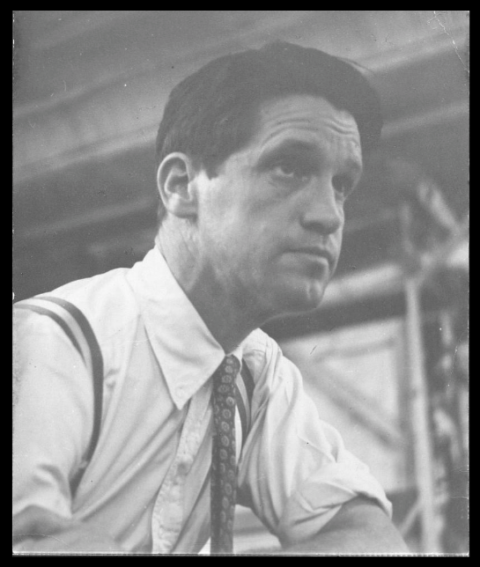In a 195_ short review, Fairfield Porter described one abstract painter’s efforts as an attempt “…to do what is nearly impossible, to create in paint a philosophical equivalent for his feeling about the world.” This startling assessment was almost certainly a reflection of Porter’s own intent as an artist. But he had challenged himself even further, hoping to achieve this “nearly impossible” task while retaining the appearance of the visible world.
The categorization of Porter as a “realist” has placed an emphasis on his choice of style and distorted an accurate understanding of his art. Art historians have largely ignored him. How can he be integrated into the standard narrative of 20th c. American art when abstraction had been declared triumphant?
This website is essentially a repository for all of my Fairfield Porter research, both organized and random. The organized portion took the form of my art history master’s thesis, The Singularity of Fairfield Porter, completed in 1998. The random part consists of all the information, experiences and impressions I have accumulated since I first became aware of Porter in the early 1970s. I hope to give coherence to all of this material. When his paintings and criticism are eventually studied as one body of work, I firmly believe that Fairfield Porter will be recognized as one of America’s greatest artists and critics.
My study of Porter was prompted by my own concerns as a painter. I too worked from observation and was drawn to subjects very similar to his. I had gone to the Whitney Museum’s version of the Boston Museum of Fine Arts retrospective: Fairfield Porter (1907-1975) Realist Painter in an Age of Abstraction assuming I would fall in love with this kindred spirit. But I found an artist who was both amazing and annoying and I left without a clue as to how I might follow in his footsteps. He was obviously working from life. But it was equally obvious that literal transcription was not his intent. What exactly was he doing and how did he do it? I chose Porter as the topic for my thesis with the hope that I would eventually be able to answer these questions.
In the early 1990s the literature on Porter consisted of two books: a collection of his criticism, Art In Its Own Terms and a biography, Fairfield Porter An American Classic. Everything else written about him was in the form of magazine articles, exhibition reviews and catalogue essays. I realized my first task was to gather that material. My second task was to collect all of his criticism. Porter had been a regular contributor to ARTnews from 1951-1959. He then wrote for The Nation for two years. That is a long time and he was a prolific writer. Art In Its Own Terms contained only a small portion of his criticism. As I accumulated and read his reviews and articles, I became more and more intrigued by the fascinating man who had written them. Porter was a rare combination of skillful practicing artist and highly educated intellectual who wrote in a way that was engaging and accessible.
The short reviews were particularly helpful to me, offering concrete information about his methods and insight into his intent. Porter’s criticism was once described as “shoptalk at its heightened best”. The short reviews do indeed read like an extended painting tutorial with commentary on the use of detail, color, value, scale, choice of subject, and on and on. Here was much of the information I was looking for regarding Porter’s approach to painting.
